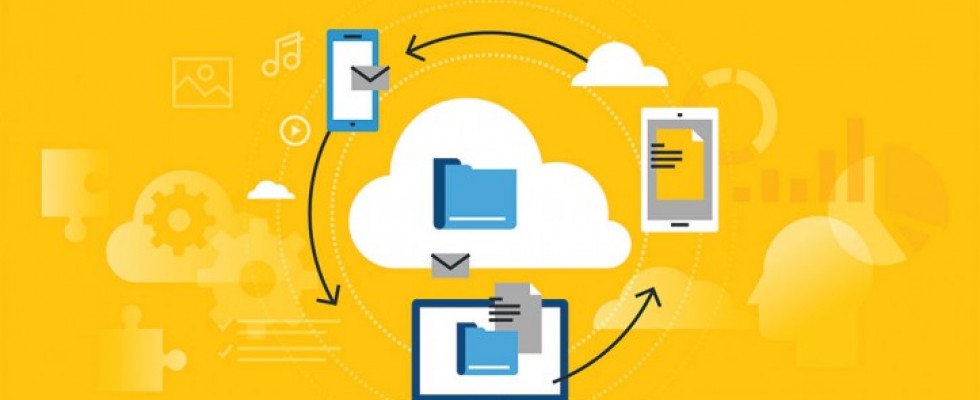
Running your business on the cloud using software as a service (SaaS) is an attractive solution for many business owners because it offers cost reductions in various areas of their business, unlike installed software that requires additional expenses related to setup, configuration, hosting and maintenance.
Installed software solutions require a server that holds a centralized database serving as a hub for connected workstations running an installed software. Owners must maintain fee-based remote data backup with the software vendor or they must backup via tape drives or other storage media and store those backups securely offsite in case a natural or manmade disaster compromises the server. The backup can be loaded onto a new server to rebuild the data and allow the organization to return to work as quickly as possible. The cost associated with managing this scenario includes fees for a computer installation and networking specialist, server hardware and backup software and hardware. In addition, virtual private networking software also can be installed on home computers in order to connect to the office, or employees use a paid web-based solution such as GoToMyPC.
Due to installed software being designed for a particular operating system, the timing of when the software was purchased will force businesses into long-term use of an operating system version. Upgrading to the latest operating system to take advantage of more secure versions requires upgrades to installed software as well.
In some cases the software vendor will not have a compatible version, and modernizing or upgrading can be difficult.
Security threats can also be a problem for installed software. The software is sometimes vulnerable to attack from viruses designed to penetrate a business’s firewall and can jump from PC to PC and connect to the network in search of personal data such as banking information, social security numbers and personal health information (PHI) that can be used for identity theft. If your data resides on a local server or workstation, it can be targeted by professional crime syndicates specialized in breaching data for the purpose of data extortion.
Hacking continues to be on the rise from cyber attackers who steal PHI and hold it ransom until the PHI’s owners pay large sums of money to get it back.
Kansas Heart Hospital was the victim of a ransomware attack and after it paid the first ransom, attackers boldly demanded a second ransom to decrypt data. In another instance, Hollywood Presbyterian was forced to pay $17,000 after attackers originally demanded $3.4 million. HME owners are not exempt from attack and must make the wise choice to move data beyond personal firewalls into the cloud.
Cloud-Based Interoperability
Today you can tether your SaaS business management software to other SaaS applications to create a unique solution suited to meet the specific needs of your operation. Imagine you want a web-based retail storefront by shopify.com to sell orthotics to new customers you have attracted to your business through the use of lead funnel software by marketo.com. Later you find you want to simplify sales tax reporting by connecting to quickbooks.com. Because your CPAP business is required to report on patient usage in the third rental month, you decide to integrate a cloud usage data collection service to automate your data collection. As overhead is reduced, revenue increases and you begin to see the light at the end of the tunnel. You have now entered the connected world of cloud-based interoperability for health care business and begin to see the effects of automation.
But You Suffer from Cloudphobia
If you check your bank account online then you already have a comfort level in knowing that what you are viewing and the transactions you are processing are secured with data encryption.
So what is encryption and how does it help you?
To connect to your bank you must have an encrypted connection between your computer and the bank. That means all the information you input and all the information the bank sends is scrambled into completely unreadable junk for anyone who could intercept your data stream with the bank.
Your web browser receives this junk data and unscrambles it back to its original state so you can conduct business as usual. You can quickly see if your connection is encrypted by making sure the web address begins with https, which means Hypertext Transport Protocol Secured. If there is no “s” then the connection is not secured. Another way to visually verify a secured connection is that secured connections have a picture of a padlock in front of https.
All health care and financial SaaS applications should be secured to protect your data from hackers and data extortionists.
Conclusion
If you want to run your business to take advantage of the best of SaaS business solutions and profitability, it's all about getting your operation to “now” or suffering the hidden and malignant consequences of business atrophy. Much of the HME market cannot see that the biggest problem facing their businesses is not decreasing reimbursement, but rather a technology-deficient workflow.
To move your company ahead, consider embracing the benefits of cloud-based technology and the competitive advantages it offers.
